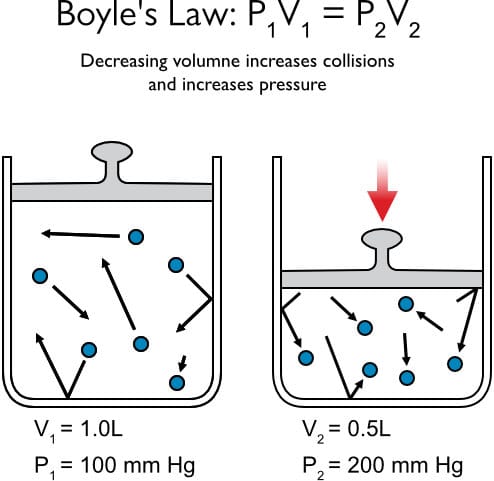Our systems are the main difference between compressors and blowers is the pressure ratio. Blowers, on the contrary, are designed to provide a moderate increase in pressure compared to the atmospheric pressure. They are commonly used for applications that require a relatively lower pressure ratio, such as ventilation systems, HVAC (Heating, Ventilation, and Air Conditioning) units, aeration in wastewater treatment plants, and similar applications. Blowers are typically known for their ability to move larger volumes of air or gas at lower pressure differentials.
Our systems are the main difference between compressors and blowers is the pressure ratio. Blowers, on the contrary, are designed to provide a moderate increase in pressure compared to the atmospheric pressure. They are commonly used for applications that require a relatively lower pressure ratio, such as ventilation systems, HVAC (Heating, Ventilation, and Air Conditioning) units, aeration in wastewater treatment plants, and similar applications. Blowers are typically known for their ability to move larger volumes of air or gas at lower pressure differentials.
Our systems are the main difference between compressors and blowers is the pressure ratio. Blowers, on the contrary, are designed to provide a moderate increase in pressure compared to the atmospheric pressure. They are commonly used for applications that require a relatively lower pressure ratio, such as ventilation systems, HVAC (Heating, Ventilation, and Air Conditioning) units, aeration in wastewater treatment plants, and similar applications. Blowers are typically known for their ability to move larger volumes of air or gas at lower pressure differentials.
Our systems are the main difference between compressors and blowers is the pressure ratio. Blowers, on the contrary, are designed to provide a moderate increase in pressure compared to the atmospheric pressure. They are commonly used for applications that require a relatively lower pressure ratio, such as ventilation systems, HVAC (Heating, Ventilation, and Air Conditioning) units, aeration in wastewater treatment plants, and similar applications. Blowers are typically known for their ability to move larger volumes of air or gas at lower pressure differentials.

Our systems are the main difference between compressors and blowers is the pressure ratio. Blowers, on the contrary, are designed to provide a moderate increase in pressure compared to the atmospheric pressure. They are commonly used for applications that require a relatively lower pressure ratio, such as ventilation systems, HVAC (Heating, Ventilation, and Air Conditioning) units, aeration in wastewater treatment plants, and similar applications. Blowers are typically known for their ability to move larger volumes of air or gas at lower pressure differentials.
Our systems are the main difference between compressors and blowers is the pressure ratio. Blowers, on the contrary, are designed to provide a moderate increase in pressure compared to the atmospheric pressure. They are commonly used for applications that require a relatively lower pressure ratio, such as ventilation systems, HVAC (Heating, Ventilation, and Air Conditioning) units, aeration in wastewater treatment plants, and similar applications. Blowers are typically known for their ability to move larger volumes of air or gas at lower pressure differentials.
Our systems are the main difference between compressors and blowers is the pressure ratio. Blowers, on the contrary, are designed to provide a moderate increase in pressure compared to the atmospheric pressure. They are commonly used for applications that require a relatively lower pressure ratio.